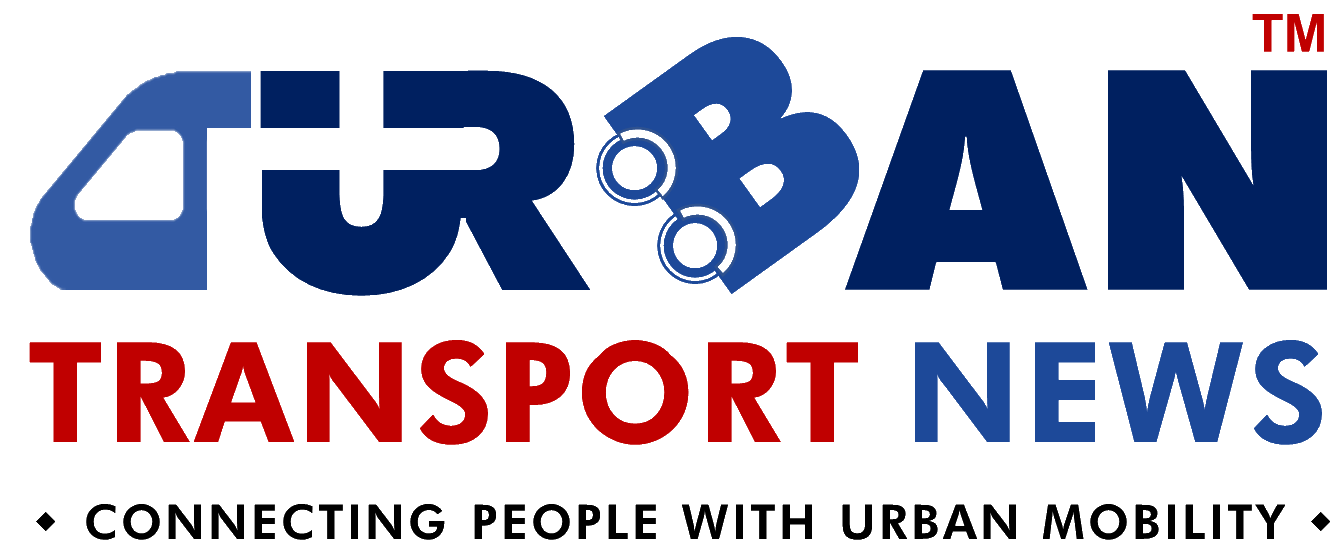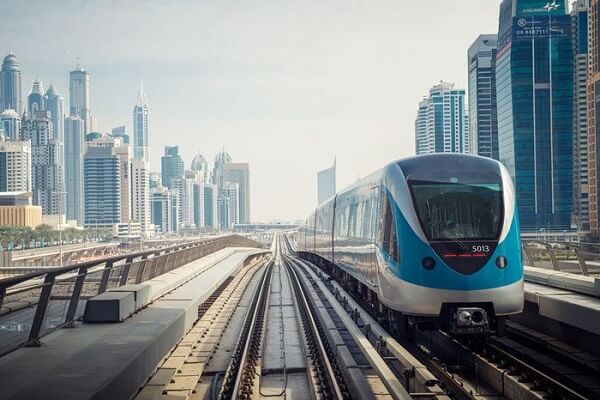 Delhi unveils ambitious Urban Mobility Vision: Luxury Metro Coaches, New Tunnels and Pod Taxi
Delhi unveils ambitious Urban Mobility Vision: Luxury Metro Coaches, New Tunnels and Pod Taxi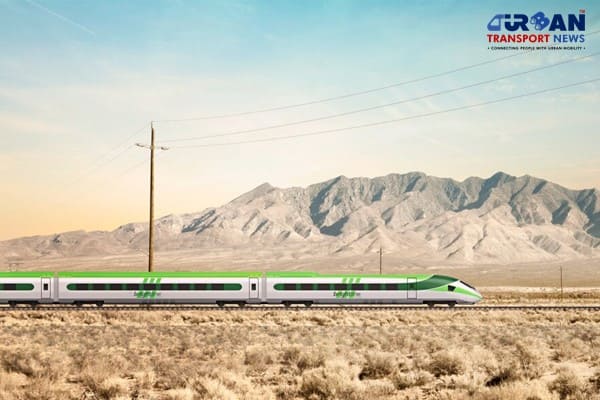 Qatar approves Saudi Rail Link Agreement, Accelerating Gulf Railway Vision 2030
Qatar approves Saudi Rail Link Agreement, Accelerating Gulf Railway Vision 2030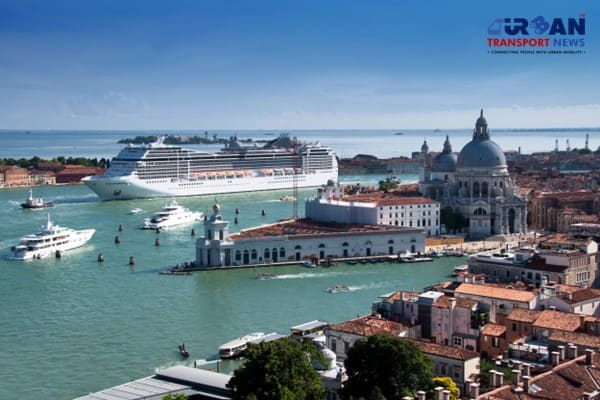 UP Govt plans to introduce Water Metro services in Ayodhya, Varanasi & Prayagraj
UP Govt plans to introduce Water Metro services in Ayodhya, Varanasi & Prayagraj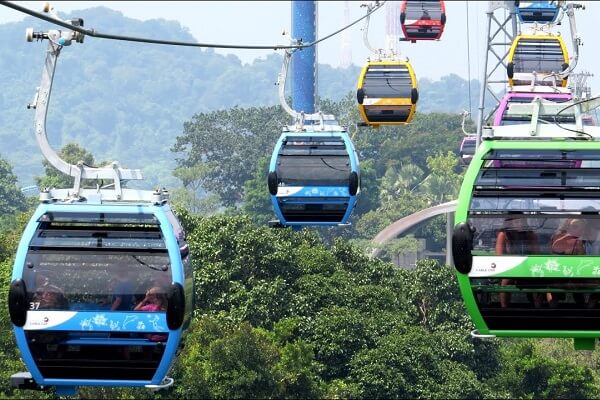 India’s First Urban Ropeway begins Trial Run in Varanasi, Set to carry 1 Lakh passengers daily
India’s First Urban Ropeway begins Trial Run in Varanasi, Set to carry 1 Lakh passengers daily India and Bhutan to Build First-Ever Rail Link: ₹4,033 Cr Project to Boost Regional Connectivity
India and Bhutan to Build First-Ever Rail Link: ₹4,033 Cr Project to Boost Regional Connectivity Patna to launch Eco-Friendly Water Metro; Trial Run soon between Digha and Kangan Ghats
Patna to launch Eco-Friendly Water Metro; Trial Run soon between Digha and Kangan Ghats Air India Group set to launch Flights Operations from Navi Mumbai International Airport
Air India Group set to launch Flights Operations from Navi Mumbai International Airport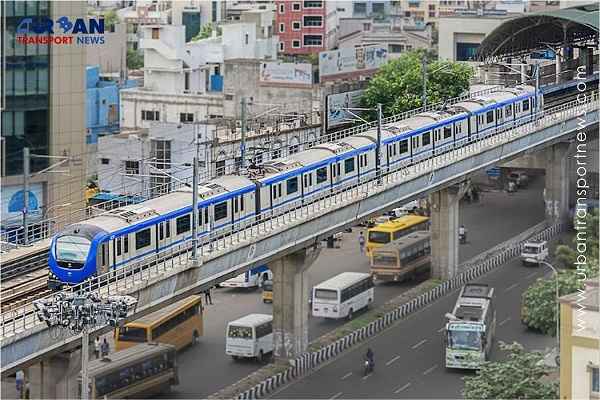 Chennai to launch 25-Year Mobility Plan with Unified QR Ticketing and One-App Transit System
Chennai to launch 25-Year Mobility Plan with Unified QR Ticketing and One-App Transit System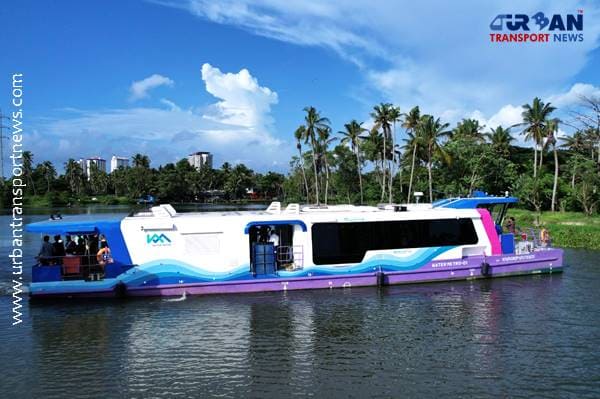 Kochi Metro bags ₹4.4 crore contract to prepare DPR for Mumbai Water Metro Proejct
Kochi Metro bags ₹4.4 crore contract to prepare DPR for Mumbai Water Metro Proejct Navi Mumbai International Airport set for September launch; IndiGo and Akasa Air to lead Operations
Navi Mumbai International Airport set for September launch; IndiGo and Akasa Air to lead Operations
The Challenge of Public Transport Digital Ticketing for the Unbanked and Cash-Strapped

Globally, contactless and digital payment mechanisms are steadily replacing cash in public transportation. However, this trend poses a significant accessibility challenge for Unbanked individuals and those who rely on cash. It might be difficult for such people to use this vital service.
With an estimated 1.4 billion Unbanked adults worldwide (Year 2021) (1), no public transport network should restrict its tickets offerings to the point of denying anyone their fundamental right to travel. Ensuring inclusivity and accessibility in public transportation requires addressing the needs of passengers without bank accounts and those who primarily use cash.
In this article, we examine the challenges Unbanked and cash-reliant passengers face on public transport. We shall also look into how travel card systems, open-loop systems and smartphone-based solutions can cater to their needs.
Understanding the Unbanked and the Underbanked
The term "Unbanked" refers to individuals without a bank account.
The persistence of unbanked populations may be due to several factors:
- Economic Elements: Low income and limited financial literacy. Many people lack sufficient funds, and the costs associated with account ownership, such as minimum balance requirements, can be prohibitive.
- Regional Obstacles: In remote or rural areas, limited access to physical banking facilities can deter people from opening accounts.
- Documentation Barriers: Lack of documentation required to open a bank account, or not possessing any documentation at all.
- Cultural and Social Factors: People who prefer cash transactions may have a mistrust of formal financial organizations stemming from prior experiences or cultural views.
The “Underbanked,” while possessing a bank account, often face similar challenges to the Unbanked. They may have insufficient funds and rely on alternative financial services like payday loans (Small loans to be repaid at the next wage).
Although, Unbanked people are present in developed countries (5.4% of households in the USA in the year 2019,) (2), the Unbanked are primarily concentrated in low-income groups, rural areas, and developing countries (29% adult population of developing countries in the year 2021) (3).
Thus, the Unbanked must rely on cash to buy tickets for public transportation. This can be a cumbersome and time-consuming process. They may also have restricted access to multi-trip or discounted fares which often require a credit card or bank account.
Closed-Loop Systems and the Unbanked
Closed Loop systems involve the use of dedicated smart cards that passengers can use to pay for their rides. Usually, the cards can be bought and loaded with money value at specific places, including retail stores or ticket vending machines.
Closed-loop systems do not require a credit card or a bank account, making them accessible to unbanked individuals. Travel cards can be bought and reloaded by passengers with cash.
However, the expense of acquiring a travel card may be a deterrent to the Unbanked or low-income. Certain systems provide free or heavily discounted cards to specific groups of people. Unbanked passengers may experience inconveniences when there are limited venues, especially in rural areas or during non-business hours, where they can refill their travel cards with cash.
Open Loop System and the Unbanked
Open-loop systems typically require passengers to use their contactless bank card or a mobile payment app to access public transport without the need for a separate travel card.
This, therefore, excludes certain demographics. Unbanked individuals are essentially barred from utilizing public transport if the system is exclusively dependent on bank-issued cards or mobile payment apps connected to bank accounts.
As well, while some Open Loop systems accept mobile wallets with cash-loading options, not many passengers have or can use NFC-enabled smartphones. Both the bank cards and the mobile system can be inaccessible to the unbanked population.
To cater for the Unbanked, Open Loop systems must incorporate an additional Closed Loop style system with dedicated rechargeable travel smart cards (or the White-label EMV Cards for EMV Open Loop systems)
Mobile Payment Solutions for the Unbanked
The widespread use of smartphones presents an opportunity to use mobile ticketing services to serve the Unbanked. There are now mobile payment options that can emulate credit/debit cards or replace conventional travel cards.
Even in low-income areas, mobile phone usage is increasing. This provides an avenue for the Unbanked to use payment services without the need for a bank account. For those without access to banking, mobile wallets with cash-loading capabilities can act as a link to engage in the digital payment ecosystems.
Although mobile phones provide many benefits and can replace travel smart cards, the following may need to be considered for the Unbanked and the cash-strapped:
• Penetration: Not everyone has access to a smartphone, particularly in rural or low-income areas.
• Cost: Although the cost of smartphones is coming down, many people still consider them to be a major investment.
• Digital Literacy: Using mobile payment apps can be challenging for those unfamiliar with technology, particularly if the interfaces are complex.
• Battery Life: The battery life of smartphones is essential. A dead phone battery can prevent a passenger from using public transport.
• Network Coverage: Mobile payments might not be possible in places with inadequate connectivity.
• Operating Cost: Data plans or Wi-Fi access, both with ongoing expenses, are necessary for mobile ticketing. These additional costs can be burdensome for the unbanked. It is important to acknowledge that not every individual possesses a smartphone or feels at ease utilizing mobile payment options. As a result, while mobile ticketing can enhance accessibility, travel cards and cash payments should remain options.
The Card lacks the flexibility of Cash
Transportation costs constitute a significant portion of income for low-income groups. For instance, in Lima, public transport can account for 20-23% of wages. (4)
When the income is low and often received in cash, several consequences arise for digital Public Transport ticketing:
Firstly, the purchase price of the payment card can be perceived as an unnecessary expense.
Secondly, there are financial costs associated with topping up the card.
Thirdly, without fare integration and interoperability between Transport Operators, the value stored on the card cannot be used if plans change or say, the expected bus is full or delayed.
For many low-income passengers, particularly in developing countries, adoption and usage of digital ticketing, may be hindered by the cost of the card or the need to hold value on the card.
Consequently, due to the expense of topping up, low-income and cash-reliant passengers may be more inclined to single-trip tickets over cards, phones, or passes.
Thus, public transport organisations in developing countries transitioning towards digital-based ticketing are likely to still see the prevalence of single-trip tickets purchased with cash.
Addressing the needs of the Unbanked and Low Income
So how can the needs of the Unbanked and the Low-Income Groups be satisfied in public transport ticketing?
Addressing these challenges may require a multifaceted approach:
- Subsidized Travel Cards: Travel cards may be offered free or subsidized to these groups. Thus, all would have access to public transport regardless of their banking status.
- Discounted travel: Discounted fares and multi-trip options on travel cards may be provided to promote affordability.
- Expansion of Cash-Loading Locations: Expand the number of venues where unbanked passengers can load money onto their travel cards or mobile wallets: E.g. merchants, postal offices, and community centers.
- Digital Literacy Programs: Outreach programs to teach the Unbanked to use travel cards and mobile payment apps.
- Partnerships with Telecom Providers: To offer affordable data plans and Wi-Fi access.
- Mobile Wallets for the Unbanked: Develop mobile wallets specifically designed for the unbanked.
- Digitise cash at on-site sale terminals and ticket vending machines: Giving passengers the possibility of converting their cash into electronic payments before boarding. Enable the purchase of digital tickets at locations that are more accessible to them
Conclusion
Firstly, when modernizing ticketing systems, Public Transport providers should cater for the needs of the Unbanked and cash-strapped. After all, public transport usage is typically skewed towards lower socio-economic groups. This is not just about convenience; it is also about social justice and inclusion.
Secondly, some conclusions may be drawn here:
- Developed countries, with a lower percentage of unbanked individuals, can readily adopt Open-Loop systems, including EMV Open-Loop.
- Developing countries, facing a relatively high proportion of Unbanked and cash-reliant passengers, may find Closed-Loop systems more suitable.
- Developing countries moving for EMV Open Loop system may find the investment onerous in both capital and operating cost. This is especially so when in addition, they need to integrate Closed-Loop style rechargeable smart card technology. All these digitalisation with cards and mobiles, to eventually find a significant share of the passengers using cash and seeking out single trip QR coded paper tickets.
For Public Transport companies in developing countries, digital ticketing presents an uphill battle likely to face slow adoption.
Reference
1. Financial Inclusion, World Bank Group 2021
2. Aaron Golub et al, Equity and exclusion issues in cashless fare payment systems for public transportation, Transportation Research Interdisciplinary Perspectives, Volume 15, September 2022.
3. The Global Findex Database 2021: Financial Inclusion, Digital Payments, And Resilience in The Age of Covid-19.
4. Bouillon et al, 2016, Urban Transport and Poverty: Mobility and Accessibility Effects of IDB-supported BRT Systems in Cali and Lima.
